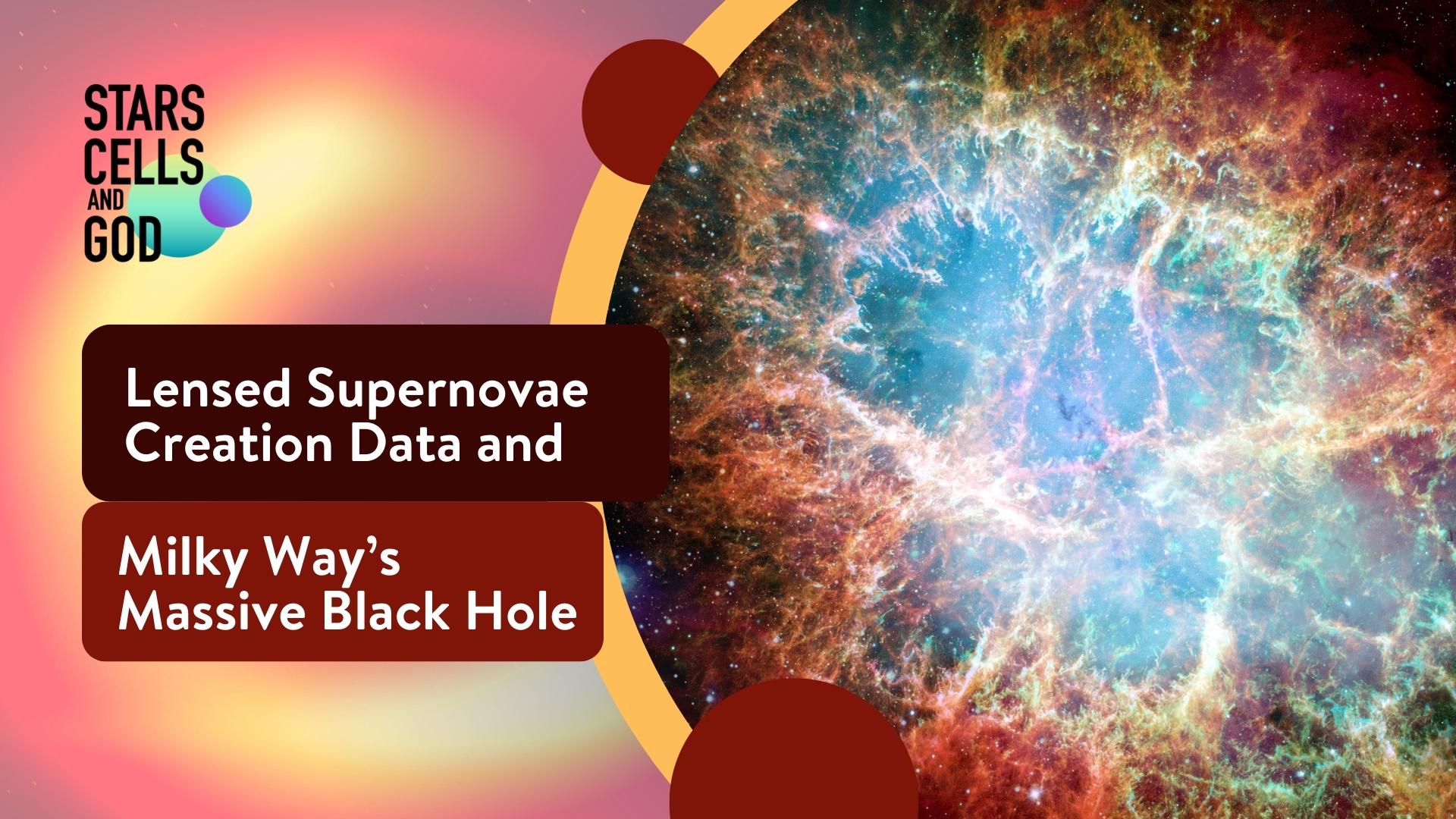Lensed Supernovae Creation Data and Milky Way’s Massive Black Hole | Stars, Cells, and God ep 19
Join Hugh Ross and Jeff Zweerink as they discuss new discoveries taking place at the frontiers of science that have theological and philosophical implications, as well as new discoveries that point to the reality of God’s existence. Large galaxies and galaxy clusters, acting as gravitational lenses, allow astronomers to observe supernova eruption events occurring in much more distant galaxies. Such observations provide astronomers with the opportunity to determine cosmic creation parameters during that part of the early history of the universe where previously they could make only ballpark determinations. It’s now within astronomers’ grasp to obtain high precision measurements of the entire history of the universe. These measurements promise to provide a more detailed and comprehensive confirmation of the biblical cosmic creation model and for Jesus Christ as the Creator of the universe and everything that it contains. Using the Event Horizon Telescope, astronomers have now imaged a second supermassive black hole—the one at the center of our Milky Way Galaxy. The technology required for these observations is remarkable, and the data will give us important insight into how this black hole affects our galaxy. Will this data help us gain tools to probe quantum gravity? What do these insights tell us about the habitability of the Milky Way? In this episode Hugh and Jeff discuss these important topics. References: “The Hubble Constant from Strongly Lensed Supernovae with Standardizable Magnifications,” https://iopscience.iop.org/article/10.3847/1538-4357/ac323a, by Simon Birrer, Suhail Dhawan, and Anowar J. Shajib (article)


